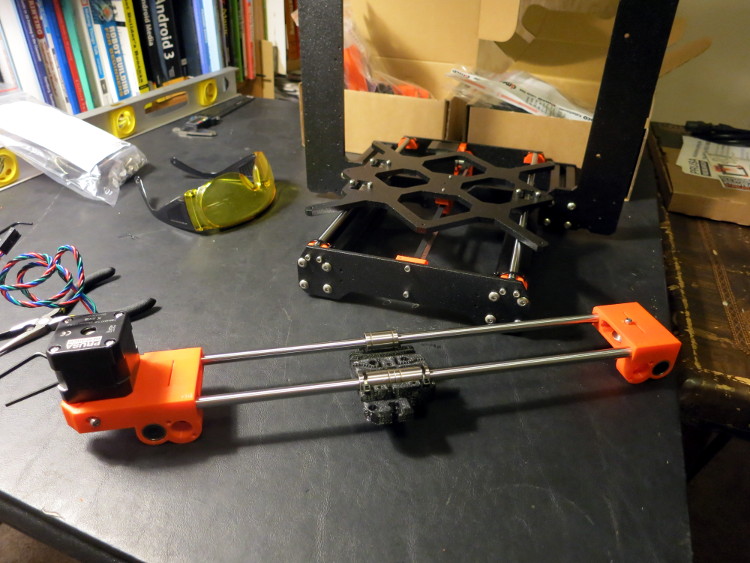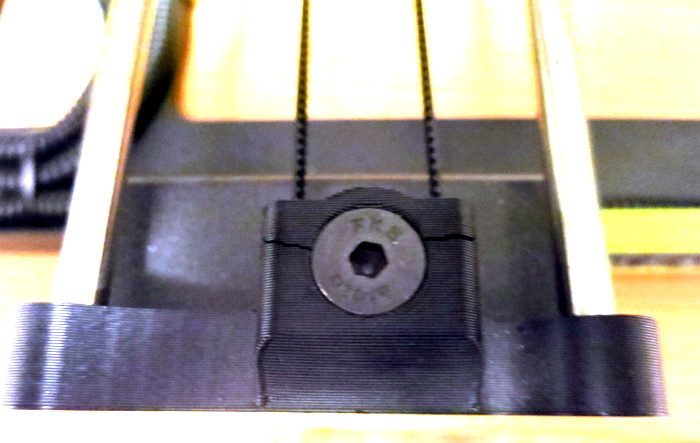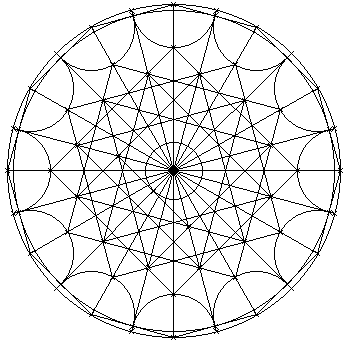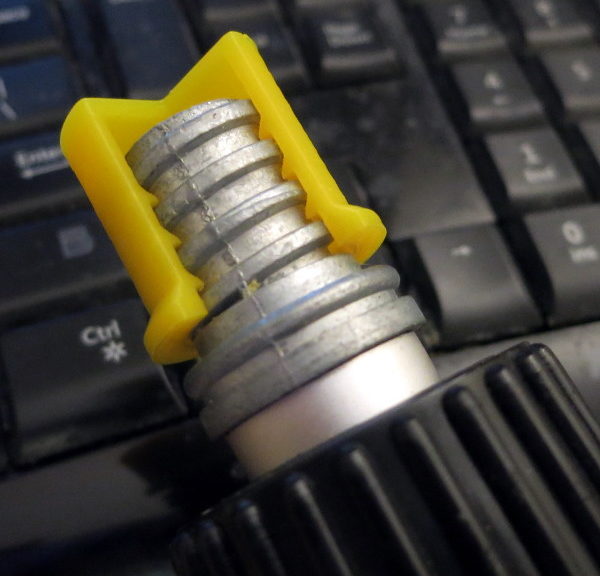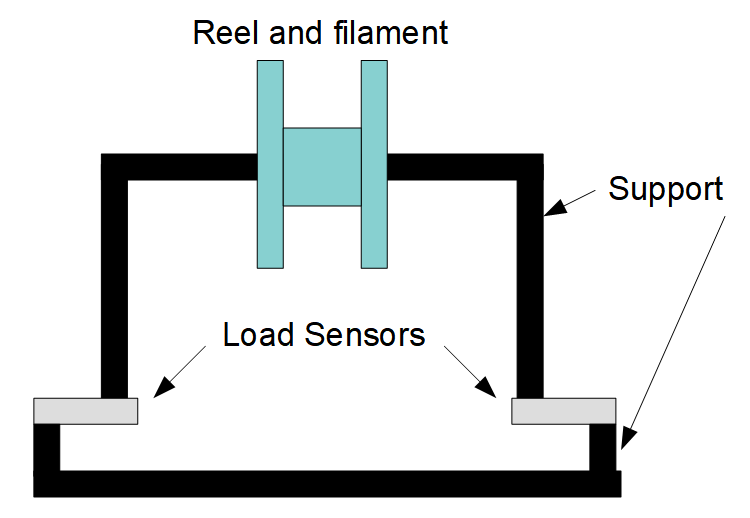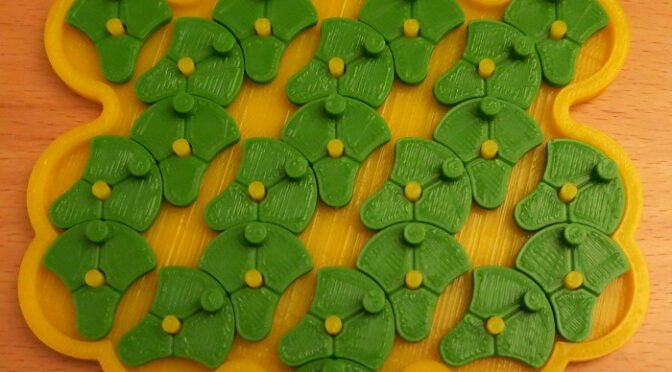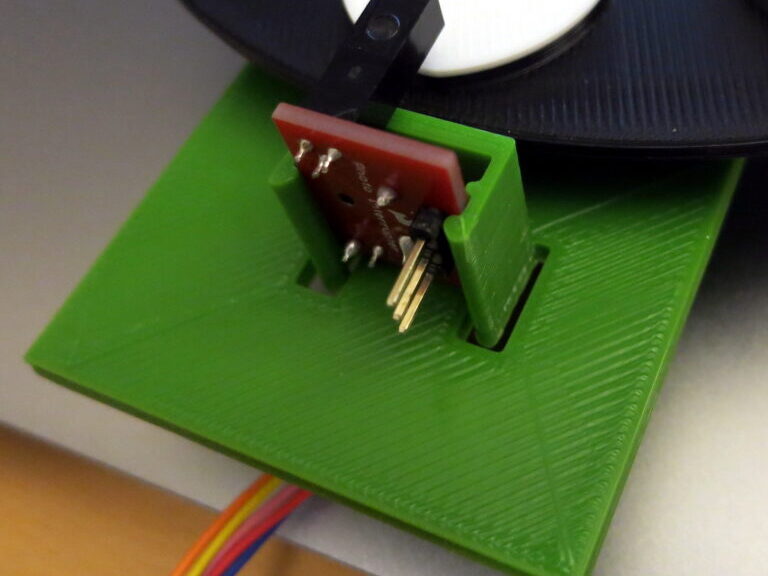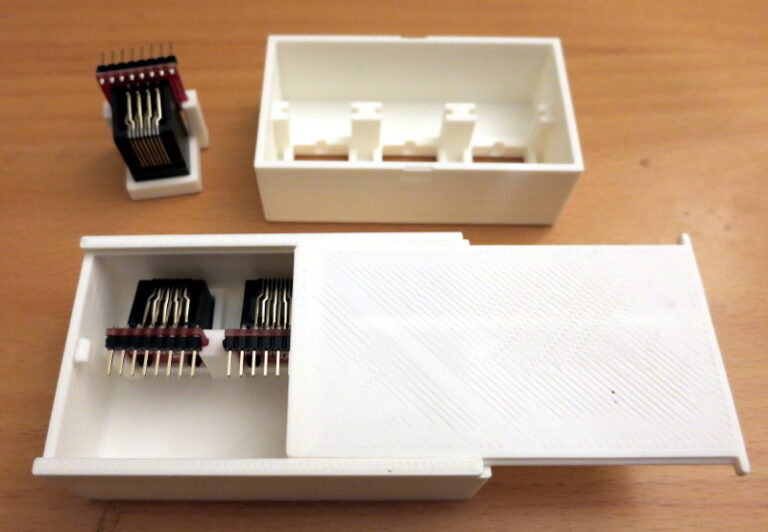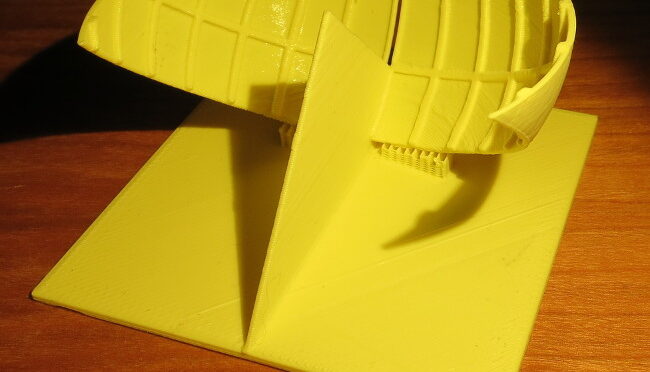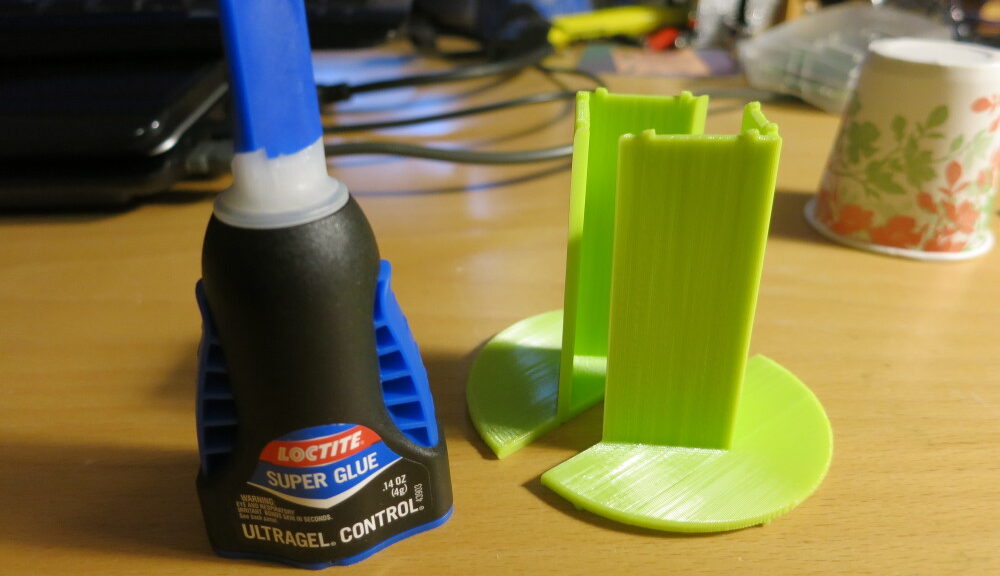Having just spent 24 hours, spread over 4 days, assembling a Prusa I3 MK3 Kit, here are my notes to help you assemble your own kit.
Tag Archives: 3D Printing
My 3D Printer is showing its age
I bought my Lulzbot Mini 3D printer almost 2 years ago, and I’ve loved it. While I’ve read others’ troubles trying to get their kit 3D printers working, or calibrated, or repaired, or trying to get their prints to stick, or not stick… my little Lulzbot Mini has been chugging reliably along, printing accurate objects every time.
Now, inevitably, I have to admit my printer is showing its age, and that it’s time to get my hands dirty with a little maintenance.
Geometry, Gothic Architecture, Rose Windows, and Christmas Ornaments
(first published on Needhamia.com in 2007)
I find the rose windows of Gothic cathedrals awe-inspiring. From the rigid formalism of Chartres to the flamboyant explosion of Tours, their marriage of geometry, philosophy, and aesthetics with stone and glass is awesome. Built at a time when science and spirit weren’t as divided as today, each window is a statement of the beauty, order, and harmony in the world. Using only a pair of compasses (dividers) and a straight-edge (an unmarked ruler), the Gothic architects created myriad lace-like designs, making stone hang in the air and glass sing.
Continue reading Geometry, Gothic Architecture, Rose Windows, and Christmas OrnamentsDesigning 3d printed threads to match existing parts
I often 3D print screw-top parts to replace broken or missing parts. For example, we recently installed media (blackout) shades for our skylights, so we can watch movies when the sun is out. Our family room ceiling is quite high, so the pole and hook designed to open and close the new shades is too short.
Continue reading Designing 3d printed threads to match existing parts
Estimating Remaining 3D Printer Filament
An idea’s been forming in the back of my head for a while: that it should be possible to estimate the amount of 3D filament left on a reel by simply weighing the reel with its filament, and subtracting the reel weight. Sounds simple, no?
Today I realized that it may be possible to modify a printer to give a live estimate of filament left on the currently-mounted reel, by “live weighing” the reel, and knowing the reel weight and filament density.
How To Play 25 Lotus Flowers
25 Lotus Flowers is a rotating-piece puzzle I recently invented (at least I’m ignorant of any earlier versions). The object is to turn the 25 lotus Flowers to form a given pattern. The challenge is that each Flower prevents one of its neighbors from turning, so you usually have to turn several Flowers before you can turn the one you want to turn.
I called the puzzle 25 Lotus Flowers because the 25 puzzle pieces look to me like ancient Egyptian images of lotus flowers, and the addictive nature of the puzzle reminds me of the Lotus Eaters in The Odyssey.
Continue reading How To Play 25 Lotus FlowersLunar Clock: Designing a 3D Printed Clip
In my previous post, I replaced the electronics of my several-year-old lunar clock design with modern parts. In this post, I’ve replaced the laser cut parts with 3D printed parts, with particular attention to the clip that holds the photo interrupter in place.
Continue reading Lunar Clock: Designing a 3D Printed ClipWell Depth Sensing: Mechanical Design
In my previous post, I finished the Web Service that the ESP8266 uses to upload well tank temperatures (and eventually a depth estimate) to a cloud database. In this post, I turn to the mechanical design of the case for the RJ45 jacks for the 1-wire interface.
Continue reading Well Depth Sensing: Mechanical DesignMy First 3D Printed Sundial
I’ve been interested in sundials for ages. Tracking the sun’s path by observing the shadow of a stick is an ancient form of astronomy, and a gateway into geometry (literally “land measurement”).
A sundial often marks the solstices and equinoxes, and enables measurement of the cardinal directions of north, south, east, and west: at the peak of its daily journey through the sky, the sun throws a north-south shadow; on the equinoxes, the shadow of the sun draws an east-west line. Ancient sundials acted as calendars, showing precisely when the sun returned to a given spot in its annual journey from south to north and back again.
Continue reading My First 3D Printed SundialDoes Superglue work with 3D Prints?
Having read Clifford Smyth’s excellent book, Functional Design for 3D Printing, I was anxious to try out his method of cutting a design into parts and gluing those parts together after printing.
Continue reading Does Superglue work with 3D Prints?
